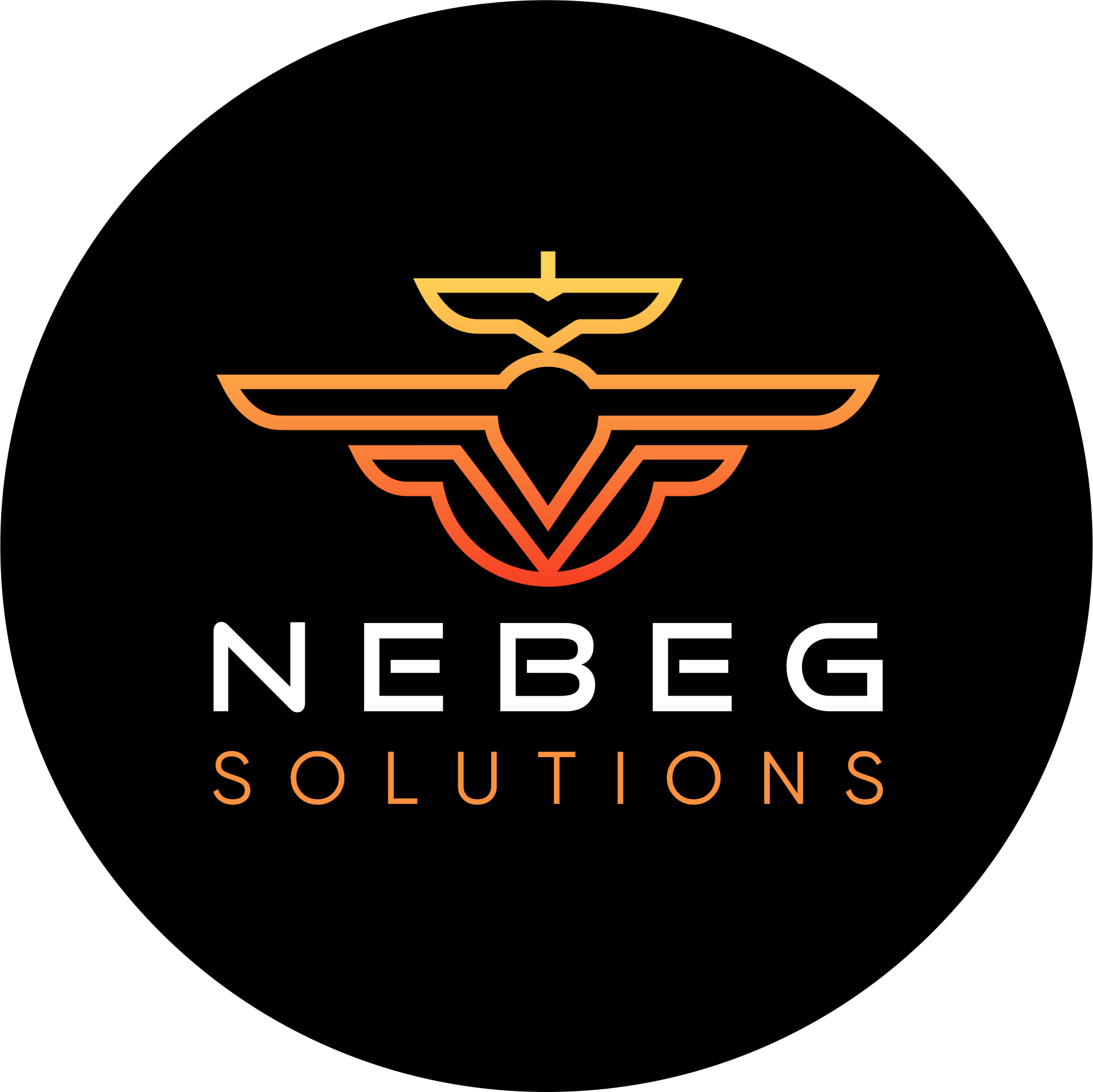Validation Roadmap for MET-Class FSTDs
- NEBEG Solutions

- 5 days ago
- 2 min read

Products & Technology ¦ In the evolving world of aviation simulation training, certification readiness for devices at the Multi-Engine Turbine (MET) level is becoming a strategic priority. At NEBEG Solutions we recognise that an effective Validation Roadmap is the anchor that links our software, hardware and documentation workflows to the regulatory requirements of authorities such as EASA. This article lays out our current roadmap for MET-class device certification, and contextualises it within broader industry best-practice for FSTDs.
Why a Validation Roadmap is Fundamental ¦ The concept of a Validation Data Roadmap (VDR) under EASA’s CS-SIMD framework is well established: it defines the scope of Validation Source Data (VSD) and how it flows into Validation Data (VD) for device qualification. Key take-aways:
The VDR must clearly identify data sources, variant-rationales, and configuration items (avionics, engines, software) that affect fidelity.
During FSTD qualification (for example under CS-FSTD(A).300) the test-item results must trace back to the VD and ultimately the VSD.
In short: a robust roadmap means faster audit cycles, fewer surprises, and stronger confidence from both training organisations and aviation authorities.
For NEBEG Solutions, our Validation Roadmap forms the spine of our MET-license offering — ensuring our eQTG framework, documentation suite, and validation data all align with the expected qualification pathway.
The NEBEG MET Roadmap: Key Milestones
This roadmap enables our customers to anticipate deployment timelines, device build-out schedules and regulatory submission windows — a major advantage in planning device programmes and training-centre investments.
Regulatory-Context & Strategic Implications ¦ Meeting MET-level qualification involves addressing higher expectations in aerodynamic fidelity, system behaviour, multi-engine handling, and calibration of validation data. Under CS-FSTD(A).300 and its associated AMC/GM, training-device providers must demonstrate that the device responds appropriately to the qualification basis established for the aircraft type. For example:
The VDR and VD must include data from the correct aircraft variant (or justified variant substitution) with documented rationales.
The FSTD manufacturer (or licensor) must maintain a configuration-control process over updates to hardware, software, simulation models and data revisions.
Early engagement with the competent authority is strongly advised — the earlier a VDR is submitted, the fewer surprises during the audit.
From a strategic perspective, NEBEG’s upfront roadmap reduces device-build risk, accelerates time-to-market for customers and aligns with cost-effective turbine-class simulation solutions.
Partner and Market Opportunities ¦ While the MET-licence path is our flagship roadmap, we recognise that training-centres and manufacturers may seek faster or alternative pathways. To that end:
We are actively seeking partnerships to realise quicker turnaround certification opportunities.
Our eQTG tool and documentation suite are configurable and licensing ready by december — this flexibility enables device manufacturers to scale from SEP/MEP through to MET-class devices with shared workflows.
By offering our documentation, validation-data services and licence model, we support training operators in their business planning and certification management: reduced footprint, lower CapEx compared to full-motion FFS, and credible device qualification readiness.
What This Means for Our Customers ¦ For device-manufacturers and training-organisations evaluating NEBEG solutions:
You gain visibility: knowing where we are in the roadmap means you can align your own device-delivery schedule accordingly.
You gain credibility: with documentation and data aligned to the roadmap, your submission to an authority has a structured basis of evidence.
You gain flexibility: through our configurable platform and script integrations, the Tool supports multi-aircraft FSTD’s as well as incremental upgrading of systems to higher certification classes.
You gain leadership potential: as one of the first MET-class simulation-device certifications via NEBEG, you position yourself ahead of competitors in the turbine-class training market.
Conclusion ¦ Our validation roadmap at NEBEG Solutions is not just a project-plan — it is a strategic framework built for device-manufacturers and training-organisations who demand clarity, compliance and competitive advantage. From final-stage MET scripting through to first-certification submission in early 2026, we are aligning every documentation, test-sequence and data-package to the reality of FSTD qualification under EASA and international standards.
If you are planning a MET-class device, or wish to explore partnership pathways with NEBEG, now is the time to engage. Let’s navigate the road to certification together — turning simulation ambition into trusted training-device reality.



Comments